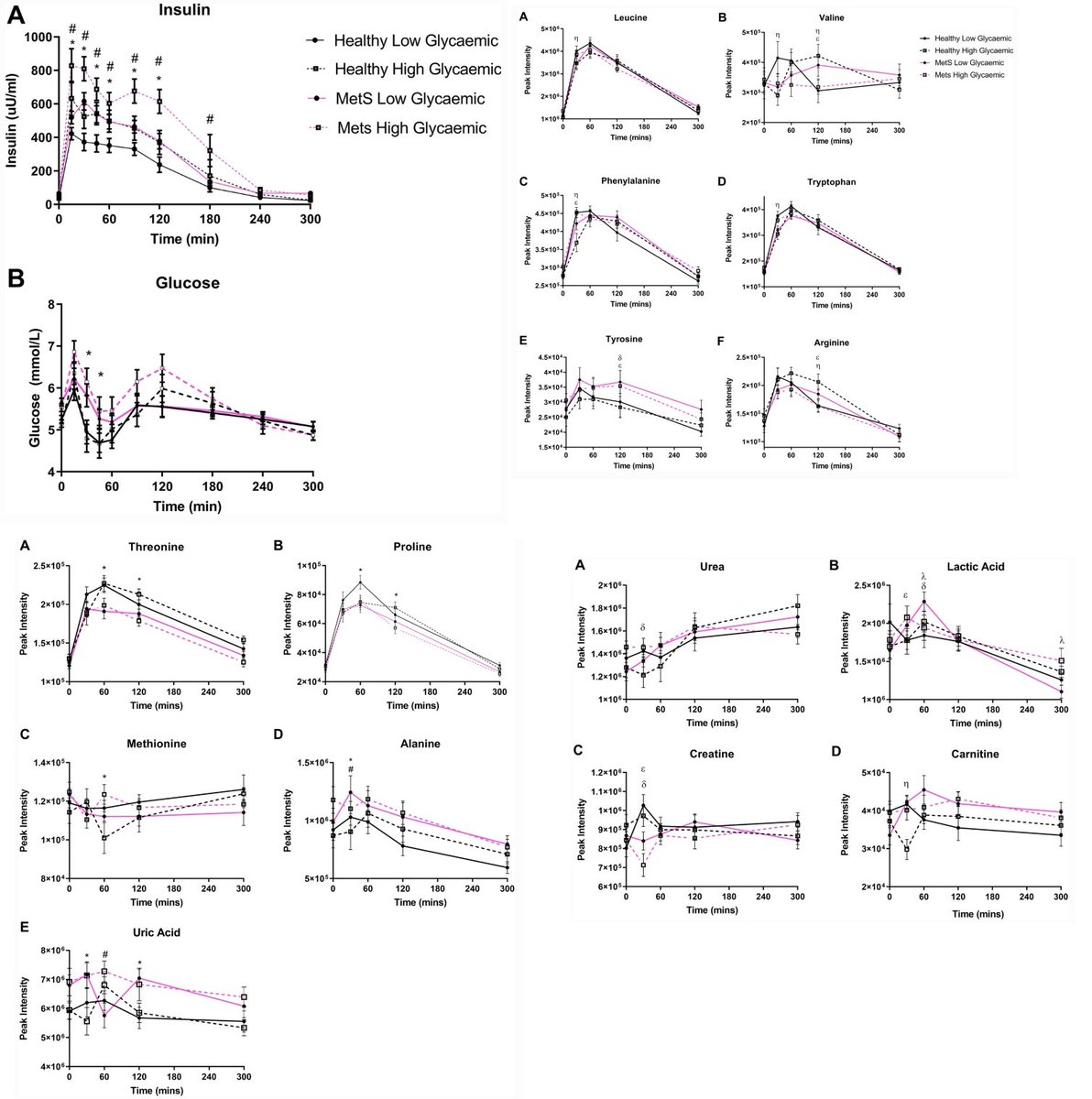Using data from 4 different cohorts, this one found positive associations between sugar-sweetened beverages & low/no-calorie beverages intake and NAFLD, as assessed using the Fatty Liver Index (FLI) (≥60). 

- The study used data from 42,024 participants from the Lifelines Cohort study (Lifelines; The Netherlands), the Nutrition Questionnaire Plus study (NQPlus; The Netherlands), the PREDIMED-Plus study (PREDIMED-Plus; Spain), and the Alpha Omega Cohort (AOC; The Netherlands).
- Harmonized data analyses of showed positive associations between sugar-sweetened beverages & low/no-calorie beverages intake intakes and FLI-defined NAFLD prevalence.
- A beneficial association was observed for moderate fruit juice intake ranging from ≤2 servings/day when compared to no intake.
- Theoretical replacement of sugar-sweetened beverages with the same amount of low/no-calorie beverages showed a positive association with FLI-defined NAFLD, whereas no significant association was observed when replacing sugar-sweetened beverages with fruit juice.
Caveat:
"Within our study, participants at higher intake levels of LNCB tended to have a BMI ≥ 25, which might also indicate the presence of reverse causality...
"...Participants with NAFLD or elevated NAFLD parameters may have switched from SSB to LNCB to control their health, e.g., weight regulation."
Sugar-sweetened beverages, low/no-calorie beverages, fruit juice and non-alcoholic fatty liver disease defined by fatty liver index: the SWEET project (open access)
doi.org/10.1038/s41387…
#nutrition #diet #Obesity #MetabolicSyndrome #NAFLD #MAFLD
doi.org/10.1038/s41387…
#nutrition #diet #Obesity #MetabolicSyndrome #NAFLD #MAFLD
• • •
Missing some Tweet in this thread? You can try to
force a refresh

 Read on Twitter
Read on Twitter








